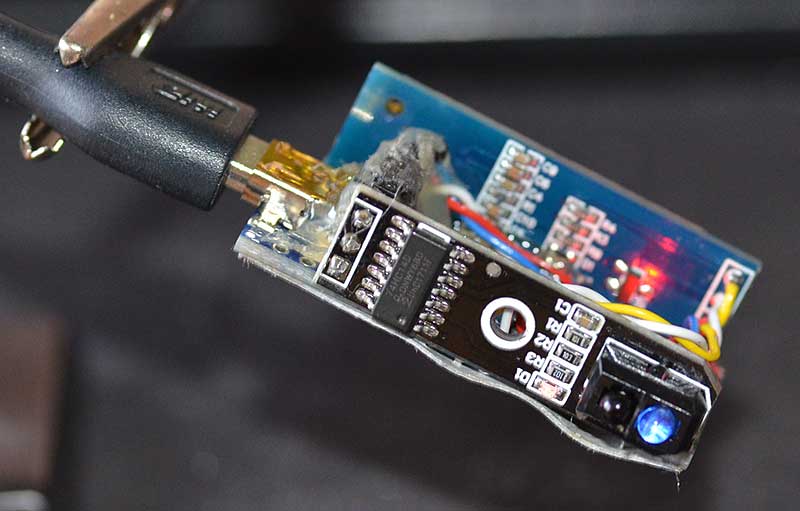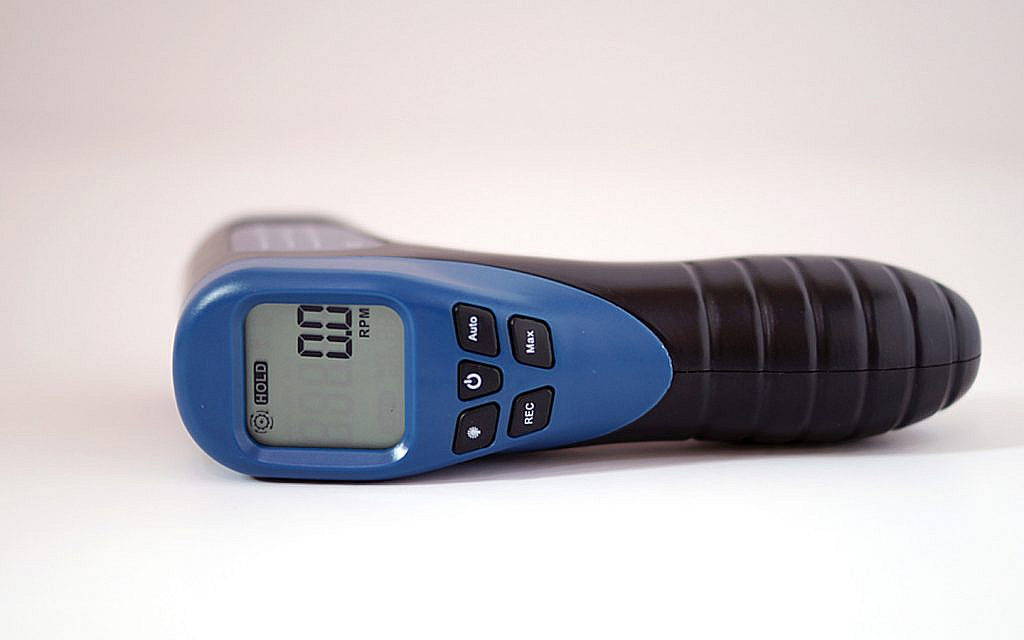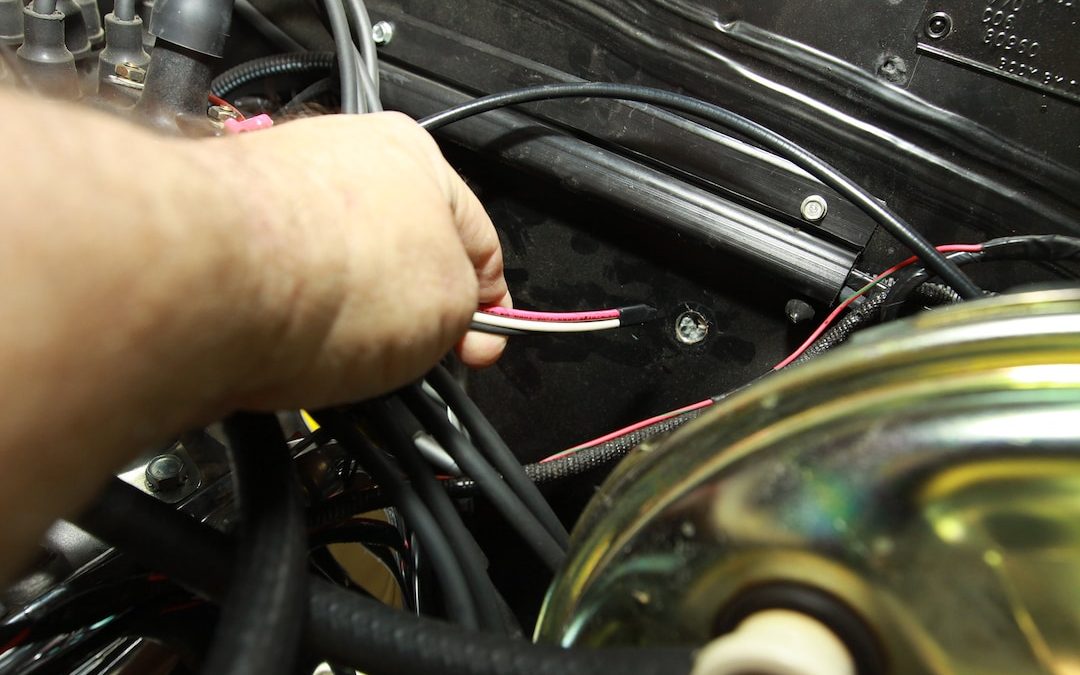When talking about airplane instruments, one tool that is crucial for pilots is the tachometer. But what is a tachometer in a plane? This sophisticated instrument plays a vital role in ensuring flight safety and efficiency. This article dives deep into how a tachometer works in aviation, its importance, and much more.

Introduction to Tachometers in Aviation
A tachometer is an instrument that measures the rotation speed of an engine. In airplanes, it is used to monitor the performance of the aircraft’s engine. This ensures that the engine operates within safe limits, thereby guaranteeing a smooth and safe flight.
The Role of the Tachometer
The role of a tachometer cannot be overstated. It helps pilots maintain optimal engine performance and can indicate potential problems before they become serious. Keeping track of engine RPM (revolutions per minute) is crucial for safe piloting.
How Does a Tachometer Work?
Understanding the mechanism of a tachometer can help us appreciate its importance. The device measures engine speed by counting the number of rotations per minute. It usually does this through a magnetic system or a direct connection to the engine.
Types of Tachometers Used in Planes
There are mainly two types of tachometers used in aviation: mechanical and electronic. Mechanical tachometers use a flexible cable driven by the engine. On the other hand, electronic tachometers use magnetic or optical sensors.
Why is a Tachometer Important?
A tachometer is essential for maintaining flight safety. It allows pilots to keep the engine running smoothly and within a safe RPM range. Over-revving or under-revving the engine can lead to mechanical failure, making tachometers indispensable.
An In-Depth Look at Tachometer Calibration
Proper calibration of a tachometer is necessary for accurate readings. Regular maintenance and checks are essential to ensure that the instrument provides precise information.
The Calibration Process
The calibration process involves comparing the tachometer readings with a known standard. This is crucial for ensuring the instruments reliability and accuracy. Regular calibration prevents errors that can jeopardize flight safety.
What Happens if a Tachometer Fails?
Tachometer failure can have serious consequences. Without accurate RPM readings, a pilot can unintentionally operate the engine outside its safe limits, leading to engine stress or failure.
Common Signs of Tachometer Failure
Knowing the common signs of tachometer failure can help pilots take corrective action in time. Erratic readings, no reading, or stuck needles are common symptoms of a failing tachometer.
Steps to Take During Tachometer Malfunction
If a tachometer malfunctions during flight, pilots should rely on backup instruments and follow the aircraft’s operational guidelines. Immediate inspection and repair are also recommended after landing.
Preventive Measures
To avoid tachometer issues, regular maintenance and checks are crucial. Keeping the instrument clean and free from dust and debris also helps in extending its lifespan.
Comparison with Other Aircraft Instruments
While the tachometer is key, it works in conjunction with other aircraft instruments like the altimeter, airspeed indicator, and gyroscopes. Together, they provide a comprehensive view of the aircraft’s performance.
The Tachometer vs. the Altimeter
While the altimeter measures altitude, the tachometer focuses solely on engine RPM. Both are crucial but serve different purposes.
Technological Advances in Tachometers
Modern advancements have made tachometers more accurate and reliable. Digital tachometers, for example, offer precise readings and are easier to maintain.
Innovations in Digital Tachometers
Digital tachometers are a step ahead with their accuracy and ease of use. They offer better data logging capabilities and are more resilient to wear and tear.
Understanding Tachometer Readings
Interpreting tachometer readings correctly is crucial for safe flight operations. Pilots are trained to understand these readings to ensure the engine is operating within safe parameters.
Optimal RPM Ranges
Every aircraft has an optimal RPM range. Operating within this range ensures fuel efficiency and minimizes engine wear.
Conclusion
In summary, tachometers are vital tools in aviation, ensuring safe and efficient engine operation. Regular maintenance, proper calibration, and timely intervention are key to keeping them working correctly.

FAQ
What is a tachometer in a plane used for?
A tachometer in an airplane measures the engine’s RPM, ensuring that it operates within safe limits.
How does a tachometer work in an airplane?
A tachometer works by measuring engine speed through magnetic or direct connections, providing real-time data to the pilot.
What happens if a tachometer fails?
If a tachometer fails, a pilot may unintentionally operate the engine outside its safe RPM range, leading to potential mechanical failure.
Wafer PolishingPaint InspectionGenetic AnalysisWafer InspectionManufacturing Inspectionexternal link
